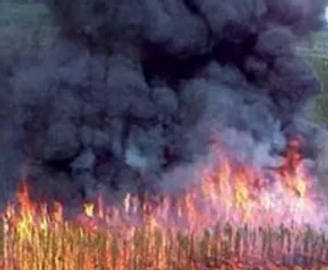top of page
Help shape the future of our website! Take our quick 2-minute survey. | Learn more.

RESEARCH
.png)
Predicting Fuel Characteristics of Black Spruce...
Maps that describe the characteristics of live and dead biomass across large areas (i.e., fuel maps) are a critical input to a wide range of research models and decision support systems that aim to describe potential fire behaviour and inform fire management actions.
bottom of page








